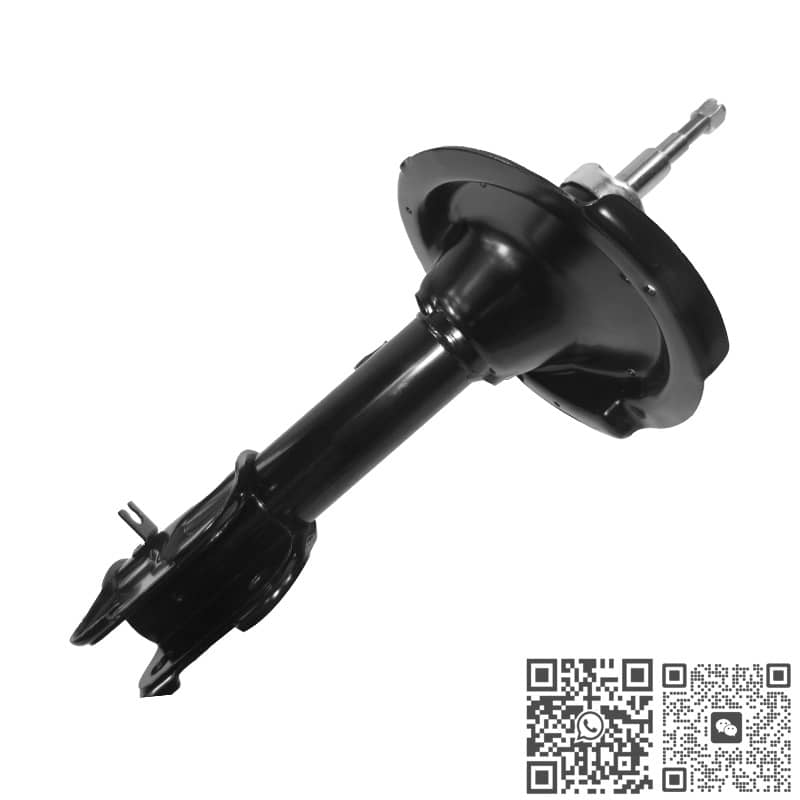Introduction
In modern urban environments, city cars and subcompact vehicles have become indispensable for daily commuting. With congested roads and uneven surfaces, ensuring ride quality is more important than ever. At the heart of a smooth and stable driving experience lies the automotive damping system, where the vehicle shock absorber plays a central role. A well-engineered suspension system not only enhances passenger comfort but also protects critical components, ensuring durability and long-term reliability.
This article examines the latest advancements in shock absorber technology, emphasizing their impact on comfort, performance, and the overall driving experience of compact passenger vehicles.
Why Vehicle Shock Absorption Matters
Enhancing Passenger Comfort
A properly functioning shock absorber minimizes vibrations and reduces the transfer of road irregularities into the cabin. For urban cars and compact models, this translates into greater ride comfort, making daily commutes less fatiguing.
Protecting Suspension and Vehicle Components
An advanced automotive damping system is not only about comfort. By absorbing shocks and vibrations, it prevents excessive strain on parts such as the car suspension strut, spring damper, and chassis assembly. This protection extends the vehicle’s lifespan and reduces the risk of costly repairs.
Cutting-Edge Shock Absorber Technologies
Adaptive Suspension Systems
Adaptive suspension systems represent a major step forward in automotive engineering. By continuously adjusting the damping force based on road conditions and driving dynamics, they deliver optimized performance. In practice, this means better stability, responsive handling, and consistent comfort, whether navigating smooth highways or uneven city streets.
Magnetic Ride Control
Magnetic Ride Control (MRC) is a premium suspension innovation. It uses magnetorheological fluid within the shock absorber, which changes viscosity instantly when exposed to a magnetic field. This allows real-time damping adjustments, giving drivers a combination of precision handling and superior ride comfort unmatched by conventional systems.
Core Components of a Modern Automotive Damping System
Shock Absorbers
The shock absorber is the cornerstone of any suspension system. Modern designs—whether gas-filled, twin-tube, or electronically controlled—are engineered to provide rapid response and durability, ensuring vehicles remain stable across varying road conditions.
Car Suspension Strut
The suspension strut serves dual purposes: supporting vehicle weight and maintaining correct wheel alignment. Working in harmony with shock absorbers, struts play a vital role in stability, safety, and balanced ride comfort.
Spring Dampers
The automobile spring damper absorbs and dissipates energy from road shocks before it reaches the cabin. This component is critical for city cars and subcompact vehicles, ensuring consistent comfort while protecting structural integrity.
Key Benefits of Advanced Shock Absorption
Superior Handling and Stability
By ensuring optimal tire-to-road contact, advanced suspension systems enhance vehicle handling, steering precision, and braking stability, particularly valuable in stop-and-go urban driving.
Unmatched Passenger Comfort
Modern shock absorbers and damping systems reduce jolts, vibrations, and harshness. This creates a smoother, quieter cabin environment, making compact vehicles more attractive to daily commuters.
Extended Vehicle Service Life
By reducing stress on suspension and chassis components, advanced damping solutions help extend the overall lifespan of the vehicle. This results in lower maintenance costs and improved long-term value.
Conclusion
The evolution of vehicle shock absorber technology has transformed the driving experience of city cars and subcompact vehicles. With innovations like adaptive suspension systems and Magnetic Ride Control, drivers can now enjoy enhanced comfort, improved stability, and greater reliability.
By combining advanced shock absorbers, suspension struts, and spring dampers, modern damping systems protect both the vehicle and its passengers from the challenges of urban driving. Looking ahead, as automotive engineering continues to advance, future suspension technologies will further redefine comfort, safety, and efficiency—making urban commuting smoother than ever before.



